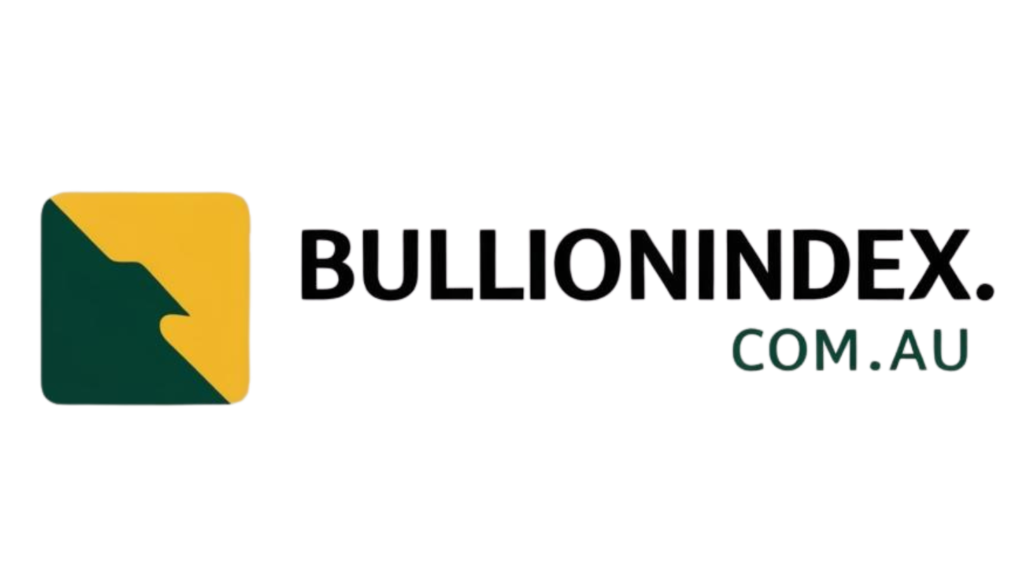Investing in essential metals like copper and lithium has become crucial in today’s economy, driven by the global shift towards clean energy and advanced technology. These minerals form the backbone of electrification, renewable energy, and technological innovation, making them attractive long-term investment targets.
Copper and lithium serve distinct yet complementary roles in the modern economy. Copper is essential for electricity transmission due to its unmatched conductivity, while lithium powers energy storage technologies like lithium-ion batteries, crucial for various applications from smartphones to electric vehicles.
The demand for copper is steadily rising, fueled by the transition to clean energy and the growing supply-demand imbalance. Despite stable prices in recent years, the lack of major investments in new copper projects has created a potential supply crunch as demand continues to grow.
The electrification trend is reshaping the demand for copper, with electric vehicles, renewable energy infrastructure, data centers, and smart grid modernization projects driving the need for this versatile metal. Major companies like China Grid and Florida Power Company are increasing copper purchases to support their infrastructure upgrades.
Geographically, copper resources are concentrated in regions like Chile, Peru, and the Democratic Republic of Congo, posing both opportunities and risks for investors. Understanding these locations is crucial for evaluating mining investments and ensuring a secure supply chain.
Junior mining companies are strategically positioning themselves in copper-rich regions, focusing on projects in Chile and Peru and forming partnerships to accelerate development. Geopolitical considerations play a significant role in assessing copper investments, especially amid rising global tensions.
Lithium has evolved from a niche investment to a strategic mineral at the heart of the global energy transition. Its role in battery technology for electric vehicles, renewable energy storage, and electronics has made it a critical component in various industries.
While copper remains stable, lithium prices have shown greater volatility, reflecting its emerging market dynamics and evolving battery technology standards. The sector has seen significant growth as major automakers and tech companies directly invest in lithium projects to secure their supply chains.
Potash has emerged as another critical mineral due to its connection to food security and geopolitical sensitivity. With supply concentration in regions like Russia and Belarus, potash plays a vital role in global agricultural productivity and fertilizer production.
Governments worldwide are actively involved in securing critical mineral supply chains, implementing policies to support mineral development and reduce regulatory hurdles. This shift marks a fundamental change in government approaches to mineral security, emphasizing the importance of diversified supply chains.
The financing landscape for critical mineral projects is evolving, with traditional mining finance models being supplemented by new sources of capital from development finance institutions, international investors, strategic partners, and government-backed financing. This diversification provides more options for project developers and enhances the sector’s funding opportunities.
End-users across sectors like automotive and technology are increasingly involved in securing their mineral supplies, leading to vertical integration strategies that aim to ensure stable supply chains, hedge against price volatility, and support environmental, social, and governance (ESG) goals.
Capital flows into the mining sector are shifting geographically, with international sources becoming more significant, especially for projects in developing nations. Specialized investors and family offices are showing interest in critical minerals, aligning their strategic objectives with the sector’s long-term development.
Successful investments in critical minerals require evaluating factors beyond geology, such as infrastructure access, jurisdictional risks, cost structures, and management track records. Companies that can demonstrate technical excellence and strategic advantages across these criteria are likely to attract more investor interest and partnerships.
The critical minerals sector is poised for significant changes as global awareness of the sector’s strategic importance grows. Anticipated trends include increased institutional interest, recognition of critical minerals’ role in technology and national security, and continued government support for supply chain security.
📰 Related Articles
- Top Copper Producers Drive Investment Opportunities Amid Rising Demand
- Strategic Copper Production Reshapes Mining Investment Landscape
- Leveraging ASX Copper Stocks Amid Rising Demand and Prices
- Copper’s Rising Value and Demand: Key Investment Opportunities Unveiled
- Copper Industry Faces $2.1 Trillion Investment Challenge Amid Demand Surge






